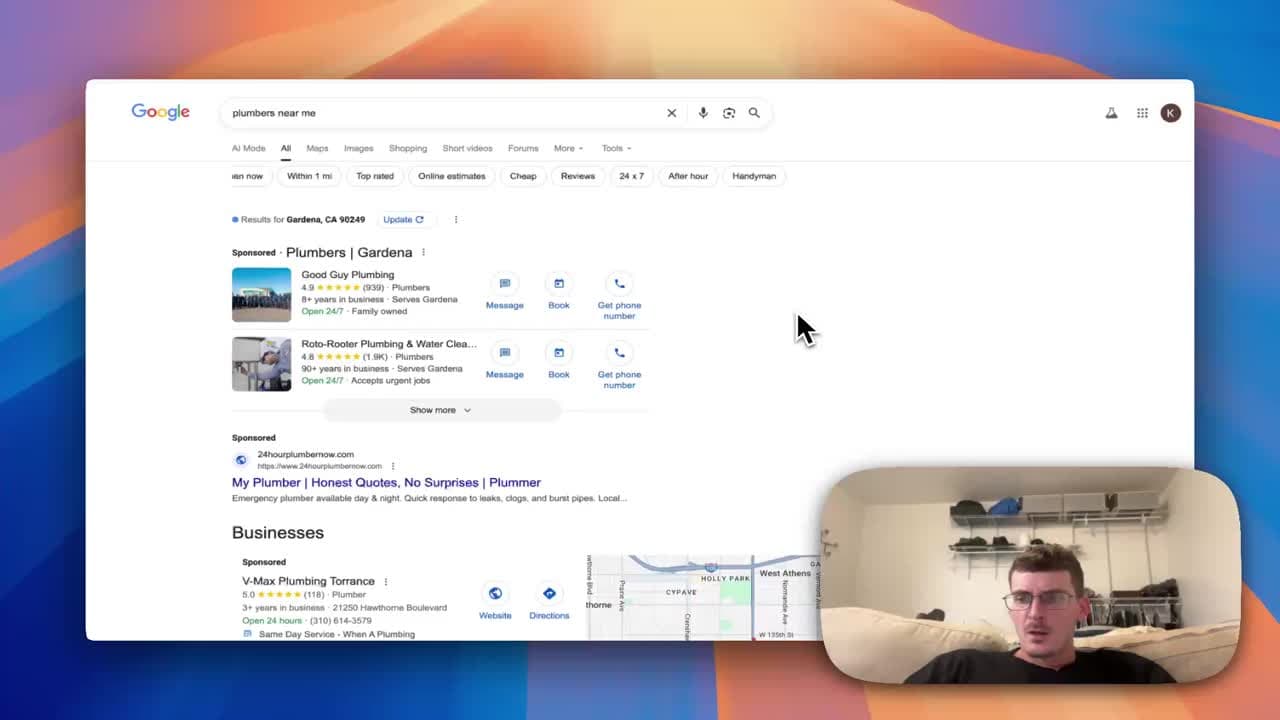Automating Blog Creation from MP4 Videos

Turning Videos into Blog Posts: An Automated Workflow
Long-form video content is a fantastic resource, but publishing it only as video limits discoverability and accessibility. I built a small script to convert MP4 videos into full blog posts automatically. The result: searchable, indexable content that pairs the original video with a clean markdown article, metadata, and a thumbnail image.
This post walks through the approach, key components, and a sample workflow you can adapt for your own site.
Why automate this
- Reuse existing content without re-recording or rewriting every topic
- Improve SEO by exposing video content as text and metadata
- Provide multiple consumption options for users who prefer reading over watching
- Speed up publishing by standardizing the conversion process
Overview of the workflow
The pipeline I implemented has three main steps:
- Transcribe the video to text using an AI transcription service
- Convert the transcript into a structured blog post in markdown with metadata
- Generate a thumbnail image from the video and save everything to the site source
Everything runs as a single script so a new video becomes a publish-ready post with minimal intervention.
Transcription and conversion
I send the MP4 file to a transcription service and get back a complete transcript. From that text the script:
- Generates a concise, AI-assisted title
- Produces an SEO-friendly slug from the title
- Converts the transcript into a readable article with headings and trimmed filler
- Emits metadata such as date, thumbnail path, video ID, and tags
The script saves the raw transcript and the final markdown file to a designated blog posts directory in the website source tree. That makes it easy to integrate with static site generators or custom CMS setups.
Generating thumbnails with FFmpeg
Rather than manually creating images, the script extracts a frame from the video to serve as a thumbnail. I use FFmpeg for this step. A reliable command to grab a single frame is:
ffmpeg -i input.mp4 -vframes 1 -an -s 1920x1080 -ss 00:00:01 thumbnail.jpg
This captures a frame from one second into the video and saves it at the specified resolution. The script saves the thumbnail in the images directory alongside the markdown post so templates can reference it.
Sample markdown output
Below is an example of the generated post structure. The actual content is produced from the transcript and refined programmatically.
---
title: Automated Blog From MP4
date: 2025-08-15
slug: automated-blog-from-mp4
thumbnail: /images/thumbnail.jpg
video_id: abcdefghijk
---
<!-- Embedded video -->
<iframe src='https://www.youtube.com/embed/abcdefghijk' width='560' height='315' frameborder='0' allowfullscreen></iframe>
## Intro
This post was generated automatically from a recorded video. The transcript was cleaned and organized into sections for readability.
## Key takeaways
- The conversion process saves time
- The generated metadata improves discoverability
Because the output is standard markdown with front matter, it plugs directly into most static site workflows.
Integration and deployment
Once the script creates the markdown, thumbnail, and transcript files, you can:
- Commit them to the repository for your static site generator
- Trigger your site build pipeline automatically
- Use the slug as the URL path to ensure consistency and SEO friendliness
I typically upload the raw video to YouTube, then use the YouTube video ID in the markdown so the post embeds the hosted video rather than serving it directly.
Results and next steps
The automated process drastically reduced time to publish. Instead of drafting each article from scratch, I have a repeatable conversion that produces consistent formatting, metadata, and visuals.
Potential improvements:
- Add speaker diarization and timestamps for richer article structure
- Generate summary bullets or TLDR sections automatically
- Improve thumbnail selection logic to avoid closed-eye frames or awkward moments
Conclusion
If you already have a library of recorded videos, turning them into written posts is a force multiplier for content reach. Automating transcription, markdown generation, and thumbnail extraction frees up time while ensuring every video can live on the site as a discoverable article.
If you’d like to see the script or collaborate on implementing a similar pipeline, reach out and we can discuss how to adapt it to your site and workflow.
References
- Google: SEO Starter Guide
- OpenAI: Whisper Transcription
- StaticGen: Static Site Generators
- Hugo: Static Site Generator
- Jekyll: Front Matter
- YouTube: Official Site
- FFmpeg: Official Documentation

